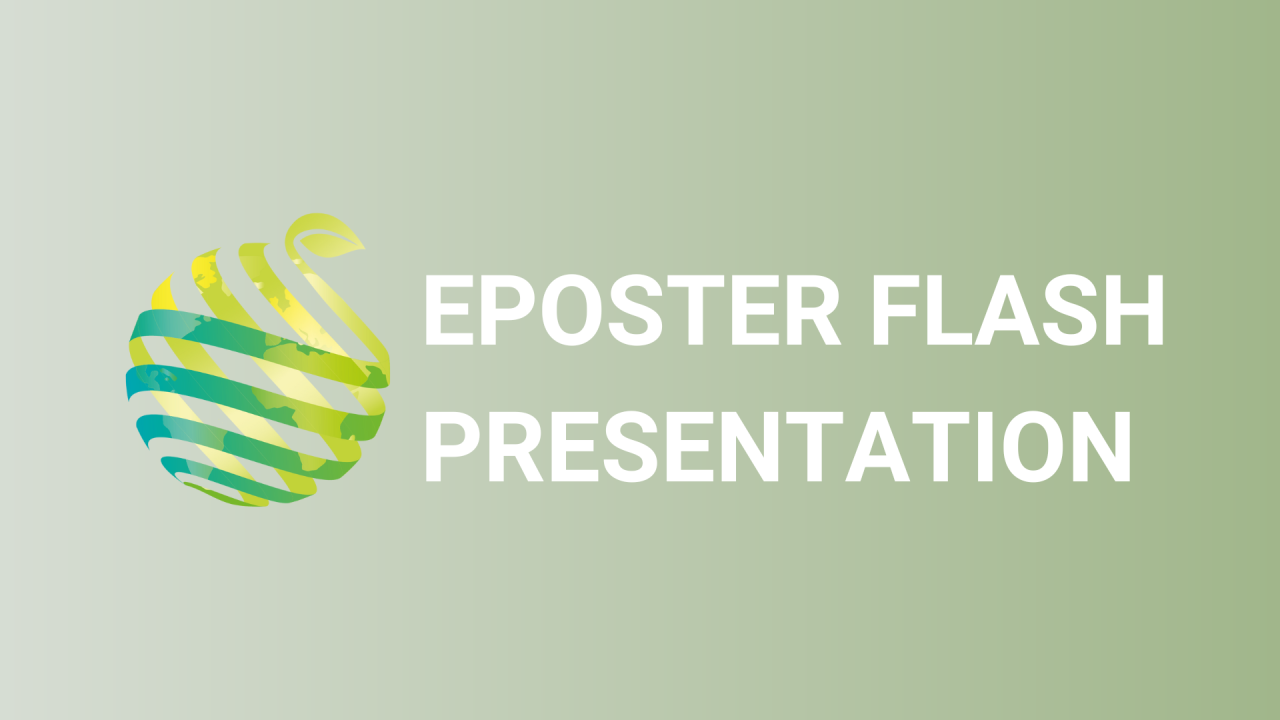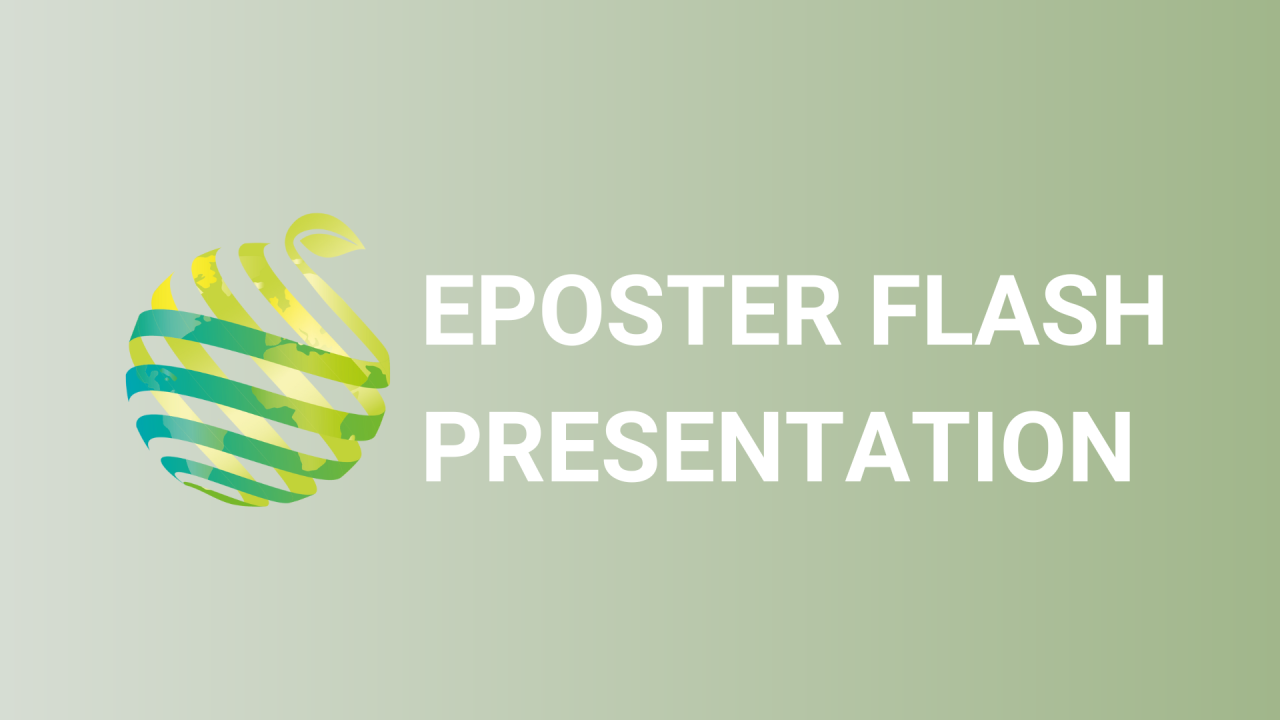

S25 - Session P1 - Response to water stress of wild lavenders: comparison between Lavandin, spike lavender and different chemotypes of true lavender
Information
Authors: Sandrine Moja *, Yolande Despinasse, Frederic Jullien, Sophie Genest, Catherine Soler, Florence Gros, Thomas Michel, Elena Ormeno, Anne Bousquet-Mélou, Amélie Saunier, Catherine Fernandez, Sylvie Baudino, Florence Nicolè
The Mediterranean region is particularly impacted by climate change. The lavenders are typical species of the Mediterranean landscapes. Among them, the true lavender ( Lavandula angustifolia Mill.) and the lavandin ( Lavandula × intermedia ) are important crop species, widely cultivated over the world for their essential oil and for the production of honey. Their natural range is limited to South of France, Spain and Italy, where they still grow wild. In the French lavender production area, the plants are strongly impacted by a decline, notably caused by more and more intense and frequent droughts. In this study, we were interested to evaluate the response to water stress of wild plants from the same sympatric populations, we compared the physiological responses to water stress of true and spike lavenders to those of their natural hybrid. We worked at vegetative stage on one-year old plants grown in the same conditions. We compared the evolution of several parameters after stopping the water intake during three weeks. Water potential, relative water content, stomatal conductance, PSII efficiency, proline, chlorophyll and β-caroten content, volatile organic compounds emission and storage were measured every 3 days on 5 independent replicates per species/chemotypes. The different parameters showed convergent results with a highest sensitivity of the hybrid Lavandin, more quickly impacted and with lower level of water stress than its two parental species. The true lavender exhibited a better water safe strategy than the other taxa based on rapid stomatal closure and proline synthesis. This strategy allowed it to maintain Relative water content (RWC) and photosystem integrity (PSII efficiency) until low water potential (-4 MPa). Intraspecific variation was observed between true lavender chemotypes. The terpenes composition significantly differed between stress and control plants at day 9 and 12. Certain compounds could be involved in water stress response in lavenders.